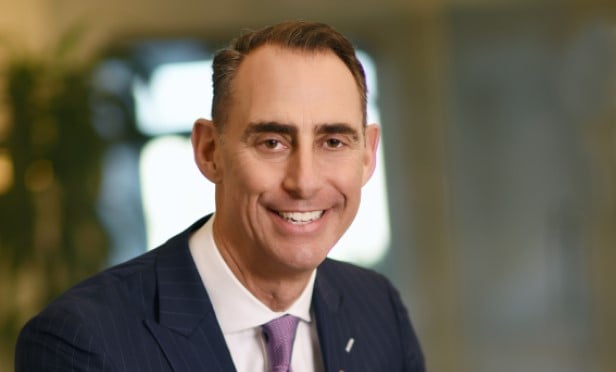PALMDALE, CA-GlobeSt.com has learned exclusively that Johnson Capital has arranged a long-term loan to refinance a pool of 215 single-family homes in this area of Los Angeles. The loan consisted of $23.2 million for the properties, which borrower DRI Holdings had assembled over the past five years.
Dennis Cisterna and Gabe Weinert, SVPs with Johnson Capital who handled the transaction on behalf of DRI, tell GlobeSt.com that the original loan had a blended interest rate north of 7% and was made through a collection of different lenders. “There was a private lender, a local bank and a hard-money lender that all had pieces of that debt stacked previously,” says Cisterna. “What we were able to do was refinance the deal with a private institutional lender and significantly reduce the interest rate.”
DRI, a family-owned real estate operator, owns only single-family properties in the Palmdale/Lancaster region. “They are the single largest owner of single-family homes in that market, and also the largest landlord,” says Cisterna. “They have a single-family property-management business where they manage about a couple hundred homes.”
The transaction involved senior secured debt and a blanket mortgage—individual mortgages that roll up into one large mortgage. What made the deal especially attractive was a 24-year term loan with fixed-rate pricing, which, for the buy-to-rent strategy, is unheard of, says Cisterna. “Nobody is doing it—it's not an option. The longest term you would get from a bank or private lender is 10 years, and the vast majority of the market is at five years.”
The buy-to-rent market is highly fragmented, and there are gaps from lender to lender in terms of how they view the market, Cisterna explains. “Some view it based solely on value. Others put a greater weight on the cash flow of it. That's why you have a lot of variety in pricing and rates, proceeds and terms. The length of the term and the fact that it's a fixed rate—those two factors combined—along with a LTV that's north of 70%” is what makes this deal so unique, he says.
“It's also an example of a private-equity firm providing capital that the GSEs or the regional banks can't effectively provide because they're regulated and they have more capital constraints on underwriting loans on pools of rented homes in secondary or tertiary markets,” adds Weinert. “Eventually, the private-equity firms want to try to securitize these products.”
Cisterna and Weinert say this is the tip of the iceberg for the buy-to-rent market, and we “absolutely will see more” deals like this in the future. “Johnson Capital has done over $100 million of these types of transactions over the past 18 months, and we just signed an exclusive correspondent agreement with an institutional investor,” says Cisterna. “We are rolling out a new loan product to the market on this as well. We feel that the debt market for this product type hasn't fully matured yet; there's a lot of room for growth and a lot of groups that bought their assets completely unlevered that are good candidates for attractive debt going forward. We can also help other groups who have had a higher cost of capital through existing loans.”
Through the firm's new lending product, it can lend up to 75% LTV on stabilized (leased) properties and up to 65% of cost on unstabilized properties—those that are purchased but not yet rehabbed or leased out. “Nobody else is doing that right now for middle-market guys,” says Cisterna. “Institutional operators are the only ones doing it. We think we've really brought something new to the table with this new lending product.”
The duo has 18 active clients in the large-pool buy-to-rent space and has granted loans in California, Texas, Florida, Illinois and Maryland. Cisterna calls it a nationwide opportunity.
“There are approximately $100 million single-family homes in the US, and approximately 10 million are distressed at some point,” says Weinert. “There are several-million homes that could qualify for this type of financing nationwide.”
As buy-to-rent segment evolves, yields will begin to compress in the known market, says Cisterna. “Operators in California are trying to buy single-family pools targeting 4% to 5% cap rates. We're already seeing a shift to secondary and tertiary markets as these guys look for yield. It will expand the overall sector.”
The long-term historical home-ownership rate in the US is 62% to 63%, and it's currently at 65%, adds Weinert. “There will be a reversion to rentals vs. owning, so this strategy of landlords trying to buy [single-family] product will accommodate that.”
As GlobeSt.com reported last week, housing construction is currently the one bright spot for construction spending nationwide, Julie Zisfein, senior associate and economist at Auction.com Research here, tells GlobeSt.com. Both commercial and institutional construction have shown either flattening or significant decline of late, leaving the housing sector responsible for any small gains in spending.
© 2025 ALM Global, LLC, All Rights Reserved. Request academic re-use from www.copyright.com. All other uses, submit a request to asset-and-logo-licensing@alm.com. For more information visit Asset & Logo Licensing.



